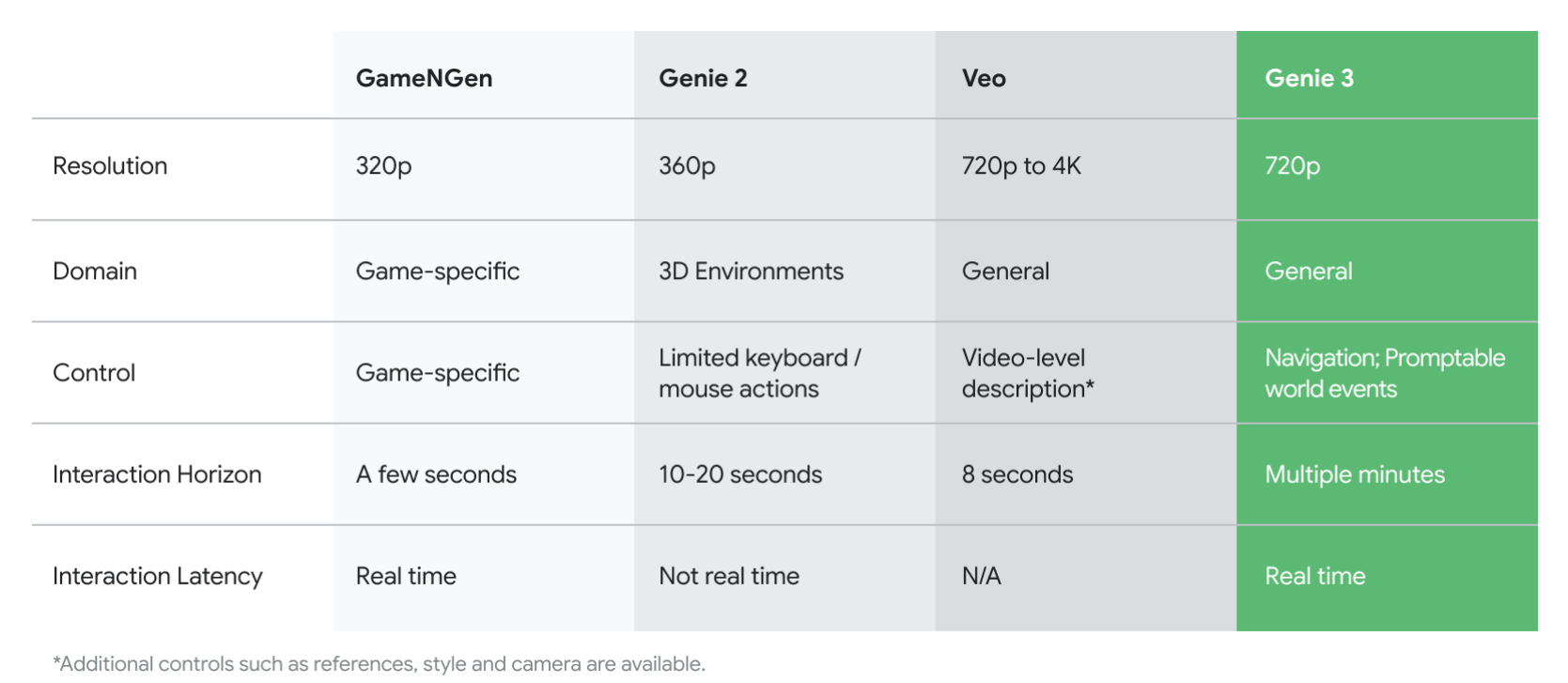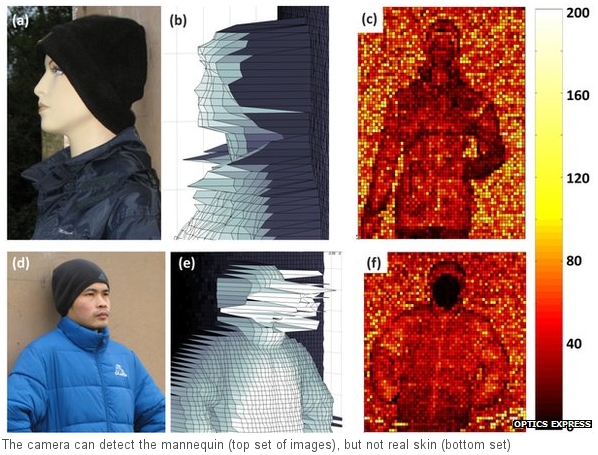BREAKING NEWS
LATEST POSTS
-
AI and the Law – Copyright Traps for Large Language Models – This new tool can tell you whether AI has stolen your work
https://github.com/computationalprivacy/copyright-traps
Copyright traps (see Meeus et al. (ICML 2024)) are unique, synthetically generated sequences who have been included into the training dataset of CroissantLLM. This dataset allows for the evaluation of Membership Inference Attacks (MIAs) using CroissantLLM as target model, where the goal is to infer whether a certain trap sequence was either included in or excluded from the training data.
This dataset contains non-member (
label=0) and member (label=1) trap sequences, which have been generated using this code and by sampling text from LLaMA-2 7B while controlling for sequence length and perplexity. The dataset contains splits according toseq_len_{XX}_n_rep_{YY}where sequences ofXX={25,50,100}tokens are considered andYY={10, 100, 1000}number of repetitions for member sequences. Each dataset also contains the ‘perplexity bucket’ for each trap sequence, where the original paper showed that higher perplexity sequences tend to be more vulnerable.Note that for a fixed sequence length, and across various number of repetitions, each split contains the same set of non-member sequences (
n_rep=0). Also additional non-members generated in exactly the same way are provided here, which might be required for some MIA methodologies making additional assumptions for the attacker. -
Neuralink rival Synchron’s brain implant now lets people control Apple’s Vision Pro with their minds
Synchron is building a brain-computer interface, or a BCI, designed to help patients with paralysis operate technology like smartphones and computers with their minds.
-
Canva acquires Leonardo.ai
https://techcrunch.com/2024/07/29/canva-acquires-leonardo-ai-to-boost-its-generative-ai-efforts
The financial terms of the deal weren’t disclosed, but Canva co-founder and chief product officer Cameron Adams said it’s a mix of cash and stock. All of Leonardo.ai’s 120 employees will be joining Canva, including the executive team.
“Leonardo will continue to run independently of Canva with a focus on rapid innovation, research and development, now backed by Canva’s resources,” Adams told TechCrunch. “We’ll keep offering all of Leonardo’s existing tools and solutions. This acquisition aims to help Leonardo develop its platform and deepen their user growth with our investment, including by expanding their API business and investing in foundational model R&D.”
-
Autodesk acquires Wonder Dynamics
This strategic move supports Autodesk’s goal to democratize creative tools and foster innovation in the media and entertainment industry. Terms of the deal were not disclosed.
-
Free fonts
https://fontlibrary.org
https://fontsource.orgOpen-source fonts packaged into individual NPM packages for self-hosting in web applications. Self-hosting fonts can significantly improve website performance, remain version-locked, work offline, and offer more privacy.
https://www.awwwards.com/awwwards/collections/free-fonts
http://www.fontspace.com/popular/fonts
https://www.urbanfonts.com/free-fonts.htm
http://www.1001fonts.com/poster-fonts.html

How to use @font-face in CSS
The
@font-facerule allows custom fonts to be loaded on a webpage: https://css-tricks.com/snippets/css/using-font-face-in-css/
FEATURED POSTS
-
Embedding frame ranges into Quicktime movies with FFmpeg
QuickTime (.mov) files are fundamentally time-based, not frame-based, and so don’t have a built-in, uniform “first frame/last frame” field you can set as numeric frame IDs. Instead, tools like Shotgun Create rely on the timecode track and the movie’s duration to infer frame numbers. If you want Shotgun to pick up a non-default frame range (e.g. start at 1001, end at 1064), you must bake in an SMPTE timecode that corresponds to your desired start frame, and ensure the movie’s duration matches your clip length.
How Shotgun Reads Frame Ranges
- Default start frame is 1. If no timecode metadata is present, Shotgun assumes the movie begins at frame 1.
- Timecode ⇒ frame number. Shotgun Create “honors the timecodes of media sources,” mapping the embedded TC to frame IDs. For example, a 24 fps QuickTime tagged with a start timecode of 00:00:41:17 will be interpreted as beginning on frame 1001 (1001 ÷ 24 fps ≈ 41.71 s).
Embedding a Start Timecode
QuickTime uses a
tmcd(timecode) track. You can bake in an SMPTE track via FFmpeg’s-timecodeflag or via Compressor/encoder settings:- Compute your start TC.
- Desired start frame = 1001
- Frame 1001 at 24 fps ⇒ 1001 ÷ 24 ≈ 41.708 s ⇒ TC 00:00:41:17
- FFmpeg example:
ffmpeg -i input.mov \ -c copy \ -timecode 00:00:41:17 \ output.movThis adds a timecode track beginning at 00:00:41:17, which Shotgun maps to frame 1001.
Ensuring the Correct End Frame
Shotgun infers the last frame from the movie’s duration. To end on frame 1064:
- Frame count = 1064 – 1001 + 1 = 64 frames
- Duration = 64 ÷ 24 fps ≈ 2.667 s
FFmpeg trim example:
ffmpeg -i input.mov \ -c copy \ -timecode 00:00:41:17 \ -t 00:00:02.667 \ output_trimmed.movThis results in a 64-frame clip (1001→1064) at 24 fps.

-
Arto T. – A workflow for creating photorealistic, equirectangular 360° panoramas in ComfyUI using Flux
https://civitai.com/models/735980/flux-equirectangular-360-panorama
https://civitai.com/models/745010?modelVersionId=833115
The trigger phrase is “equirectangular 360 degree panorama”. I would avoid saying “spherical projection” since that tends to result in non-equirectangular spherical images.
Image resolution should always be a 2:1 aspect ratio. 1024 x 512 or 1408 x 704 work quite well and were used in the training data. 2048 x 1024 also works.
I suggest using a weight of 0.5 – 1.5. If you are having issues with the image generating too flat instead of having the necessary spherical distortion, try increasing the weight above 1, though this could negatively impact small details of the image. For Flux guidance, I recommend a value of about 2.5 for realistic scenes.
8-bit output at the moment









